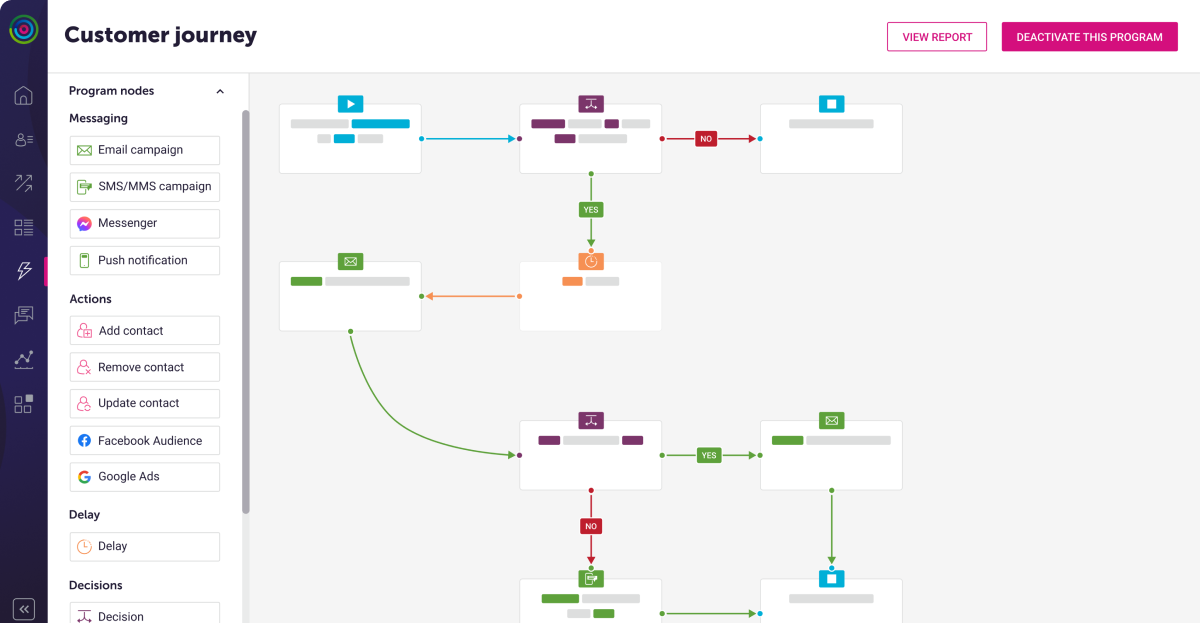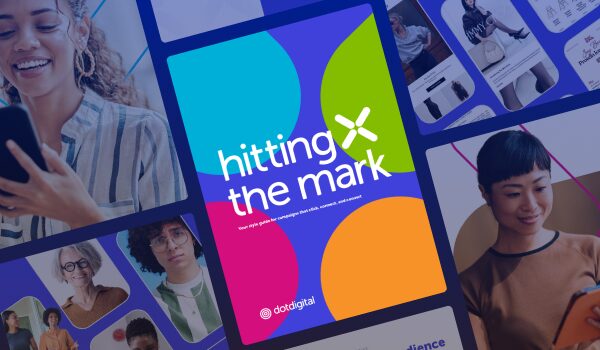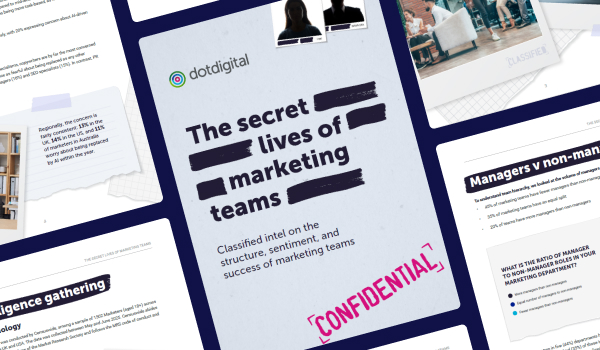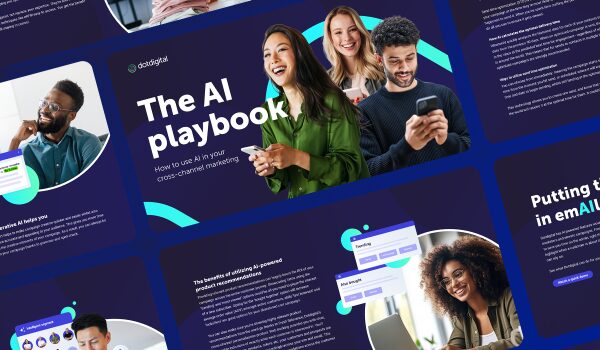Your Questions Answered: Charity marketing after the UK data reform
Following our recent event ‘Charity marketing after the UK data reform’, we’ve answered attendee questions on Dotdigital platform capabilities, data compliance and marketing strategy – featuring insights from Dotdigital experts and our partner, Charity Digital.

The questions below are grouped into three key areas (UK data reform, charity marketing and Dotdigital platform) and answered by experts from Dotdigital and our partner, Charity Digital.
Section 1: UK data reform (answered by Charity Digital)
How does consent apply when contact data is collected by third parties, such as JustGiving or a partner acting on behalf of a charity, and does this qualify for soft opt-in under the UK Data Reform?
As long as the partner is clear they are acting on behalf of the charity and that data is being collected explicitly for the charity and provided they are not collecting data for their own purposes, soft opt-in can apply. There must also be a clear opportunity to opt-out which is essential for data to meet the soft opt-in criteria.
Data collected by a third party for their own use and then later shared with a charity does not qualify for the soft opt-in rules. The charity must always be clearly identified as the intended communicator at the time of data collection.
So in summary, a third party, such as JustGiving, must be acting on behalf of the charity as a processor or agent, with the charity clearly signposted at the point of data collection, and not use the data for their own purposes. Supporters must be showing interest or support for the charity e.g. signing up for an event or donating. And a clear option to opt out of marketing must be provided.
It will also depend on JustGiving’s data policy after the changes come into effect – check with third parties before proceeding, it may be the case that the rules for explicit marketing consent still apply.
Can we implement a pre-ticked opt-in box for the new soft opt-in like some e-commerce sites? Would it be compliant with a clear opt-out option?
No. But as long as you offer a clear opt-out option at the point of collection, you do not need an opt-in box to send communications related to your charitable activities and purpose.
How are others planning to manage the use of soft opt in data Vs older hard opt-in, without having super complicated segmentation?
Not sure at this stage, but law firm Russell Cooke offers some charity-specific guidance for how charities can prepare for the changes, including how to segregate data to avoid compliance risks.
How will you manage the expectations of other teams at your charity for soft opt in? Our fundraising team is a little too excited to have more people to email?
The new changes are a good thing for charity teams in terms of fundraising, but it is still really important that charities continue to think about the needs and preferences of their audiences. Sending too many emails, for example, may lead to many people unsubscribing and charities will lose swathes of an otherwise engaged supporter base.
So, although the changes will likely increase the size of a charity audience, it is worth reminding teams of the risks and key principles of email marketing and supporter journeys that very much still apply. Charities should review and update their supporter journeys to reflect the changes and adhere to their audiences’ preferences.
As a national governing body, can you confirm we are classified the same as charities in regard to the changes to the data reform bill?
In order to be eligible for the new soft-opt in rules, law firm Withers says that the exemption only applies to organizations “falling within the UK statutory definition of a charity”. Another law firm Russell Cooke also explains who is eligible in this simple video.
Should we remove marketing consent from sign-up forms for fundraising events like walks and runs now that soft opt-in is in effect?
The soft-opt in is not expected to come into effect until at least December. Before it comes into effect, charities still need to collect explicit consent for people to receive email, social media, or SMS marketing communications.
After the law comes into effect, soft opt-in only applies if the data collection satisfies the following criteria:
- Contact details are collected
- An opportunity to opt out of marketing is given at the point of collection and in every subsequent communication “when the person expressed interest in the charity’s purposes or offered support to further those purposes”
- Marketing emails are only about your own similar products and services, not those of a third party
For fundraising events, replacing opt-in messages with opt-out messages may fit all of those criteria, but if working with sponsors, the opt-in message will likely still be required if they want to contact participants.
Some people may still prefer to give explicit consent as opposed to opting out – so it depends on the preferences of your audience.
To be clear: If you do choose to remove an opt-in box, the replacement opt-out message must be just as clearly signposted and only applied to your registration forms after the law comes into practice.
Can we apply the soft opt in changes to data we already hold, or is it only for new data we collect?
No, the new law states that soft opt-in is not intended to apply to data retrospectively. According to law firm Withers, soft opt-in “should apply only to supporters recruited by the charity following the new rules taking effect, although it may apply to certain existing active supporters, depending on the nature of their relationship with the charity.”
Do you need an opt out option as well as an opt in option when collecting data, or is just an unsubscribe button on every email ok?
Yes, you need an opt-out option – but under the new law, this replaces the opt-in option, as consent is implied by people signing up to your event/buying your product/engaging with your organization. You do also need an unsubscribe button, or other way of opting out, in every subsequent communication after data is collected.
Charities must have opt-out opportunities at both the point of collection and in every subsequent communication in order to be eligible for soft opt-in.
When do the soft in changes come into action, is it immediately?
Not yet – it is not expected to take effect until at least December 2025 – changes are to be phased in between June 2025 and June 2026.
Other resources
One-to-one marketing is simple with Dotdigital. Personalize every touchpoint. From inbox to checkout.




